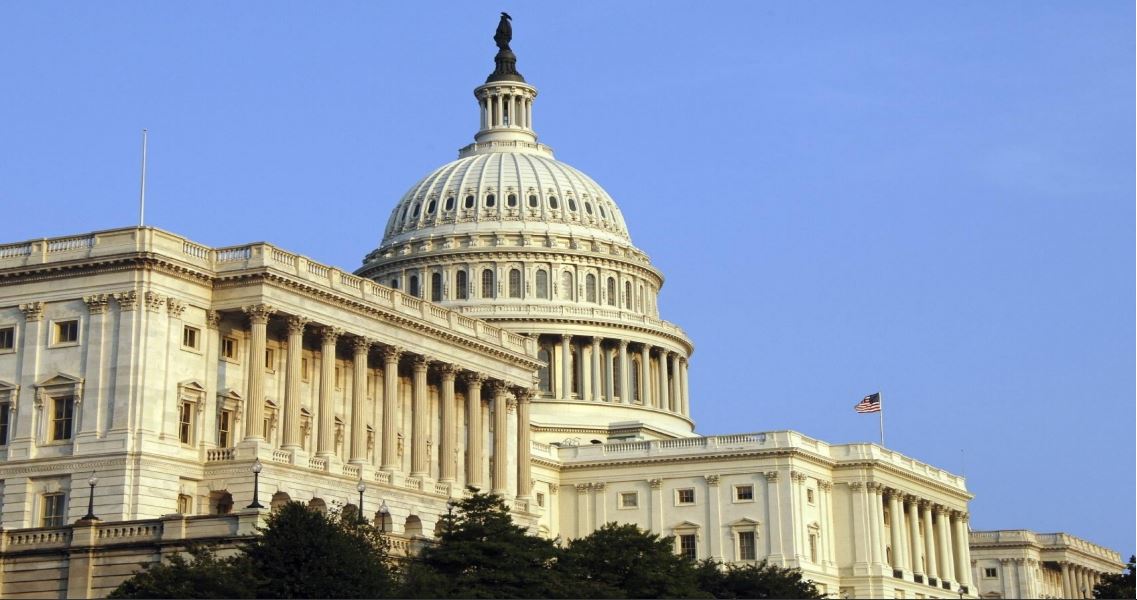
Efforts continue on Capitol Hill to secure long-term reauthorization and reform for the EB-5 Regional Center Program which has been lapsed since June 30 of this year. Significant progress is being made by IIUSA and other stakeholders and we remain confident that this valuable job-creation and economic development program with not only be renewed but improved.
IIUSA Executive Director, Aaron Grau, recently shared his perspectives on the reauthorization efforts with the readers of Management Real Estate Magazine
“We’re in a wait-and-see mode again,” says Aaron Grau, executive director of Invest in the USA (IIUSA), a non-profit trade association for the EB-5 Regional Center Program representing the industry in government and public affairs. Legislation to reauthorize the EB-5 Regional Center Program has been sent back up to the Hill for review and endorsement for inclusion in some “must-pass” bill that needs to be approved before the end of the calendar year. “Our hope is that we will be able to discuss this industry consensus measure with all of the relevant Hill stakeholders; make them happy; keep the balance between industry stakeholders, and finally get something done—not only for the economic benefits that EB-provides but for all of the immigrant investors that have sacrificed quite a bit to engage in this process,” says Grau.
EB-5 Program Stuck in Limbo After Reauthorization Bill Falls Short
The EB-5 industry was dealt a harsh blow this summer when Congress failed to reauthorize the EB-5 Regional Center Program before its June 30th sunset deadline. Industry stakeholders are frustrated that Congress blew past the deadline. Yet many remain optimistic, that the program could be revived before the end of 2021. In the meantime, EB-5 investors, developers and program administrators is scrambling to deal with the fallout caused by the current state of uncertainty.
EB-5 is an incentive program for foreign investment into the U.S. that trades green cards for capital. Its supporters tout it as an important economic stimulus tool for economic development and job creation. According to the IIUSA, the EB-5 program helped generate $20.6 billion in foreign direct investment between 2008 and 2015.
Despite bipartisan support for reauthorization, an attempt to pass the bill through unanimous consent was blocked by Lindsay Graham (R.-S.C.). Although the EB-5 program has faced a series of short-term renewals in recent years that often went down to the wire, one key difference this round was that EB-5 reauthorization was pulled out as its own standalone bill, likely a move to pressure Congress to address reforms rather than just automatically renew the program. That move appears to have backfired with stakeholders now working to find a plausible path for reauthorization.








